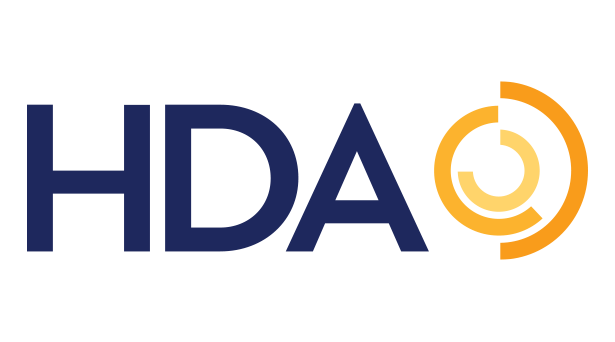The First 90 Days of COVID-19: Lessons Learned
The emergence of COVID-19 marked the beginning of a public health crisis the scale of which we have never seen. Amid this unprecedented challenge, the pharmaceutical supply chain — powered by distributors — quickly adapted and adjusted to the global pandemic, protecting the steady supply of critical, lifesaving medicines to hospitals, pharmacies, providers and patients.
A new report, The First 90 Days: US Biopharmaceutical Finished Goods Supply Chain Response to COVID-19, examines the initial months of the global pandemic. Looking back at the first 90 days, we can see how the supply chain collaborated to minimize disruptions for patients and laid the groundwork for ongoing response efforts. These lessons learned will be instrumental in the months ahead as our country approaches a significant step in our fight against the pandemic: the successful development of COVID-19 vaccines.
#1 The Private Sector Is a Crucial Partner
In the face of a global pandemic, pharmaceutical distributors and their supply chain partners deployed experience from past emergencies, strong relationships and infrastructure to support the national response. Distributors collaborated with the private sector and all levels of government to direct medicines to the frontlines while continuing to meet the daily healthcare needs of all Americans.
#2 Responding to Supply Challenges Requires Adaptation
The unprecedented demand for prescription medicines during the early stages of the pandemic placed significant strain on the pharmaceutical supply chain. In response, distributors and their supply chain partners were forced to adapt to the rapidly evolving situation on the ground.
Distributors quickly put in place drug allocation programs to ensure efficient and fair distribution of pharmaceuticals in the face of surging demand. By balancing historical usage with the urgent, increased needs for treating COVID-19 patients, distributors used these programs to help equip sites of care across the U.S. to combat the virus and protect the stability of the supply chain.
#3 Coordination Across the Supply Chain Is Essential
There were few significant disruptions beyond COVID-19 therapeutics because of the constant coordination across the supply chain.Leveraging their 360-degree-view of the supply chain, distributors communicated with partners about inventory availability and were able to help hospitals, pharmacies and providers find alternatives for in-demand products. At least 83 percent of drugs that were reported in shortage to the Food and Drug Administration had a second-line or alternative treatment available.
HDA and our members are committed to continuing to work with federal and state governments, deploying our logistics expertise and applying the early lessons learned to response efforts to the distribution of COVID-19 treatments and vaccines. HDA’s recently released vaccine distribution principles reflect these insights and the entire industry’s commitment to supporting the next phase of the global pandemic.
The successful development of COVID-19 vaccines will not only mark a historic step in our fight against the pandemic, but will serve as a critical opportunity to leverage the lessons learned of the first 90 days to ensure the pharmaceutical supply chain’s safe and efficient distribution of these groundbreaking treatments.
